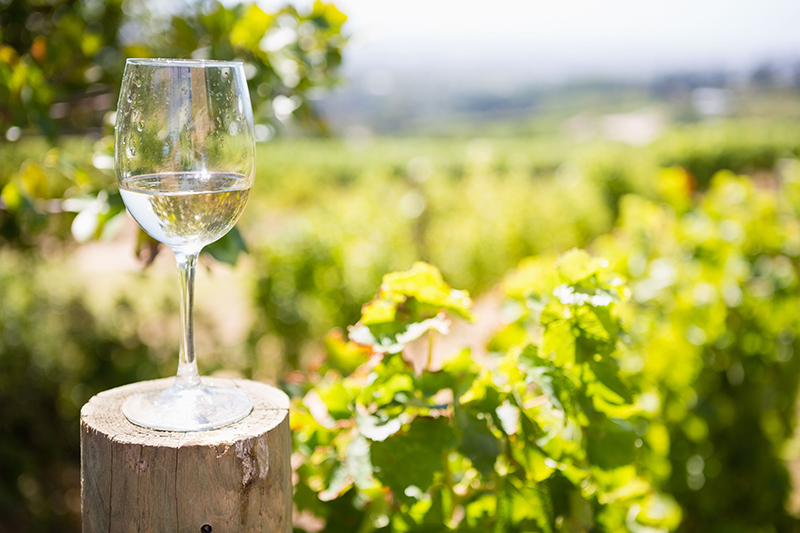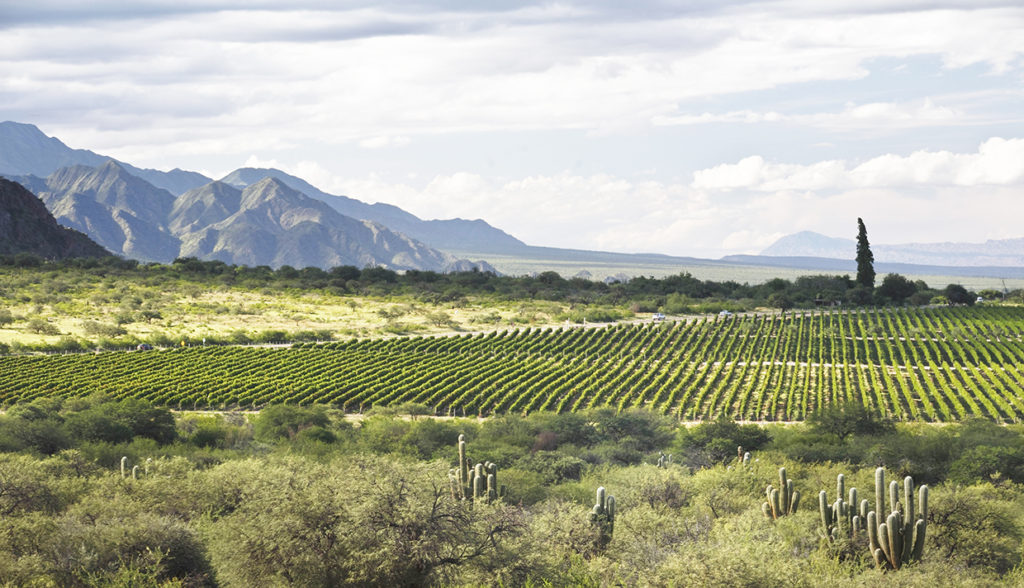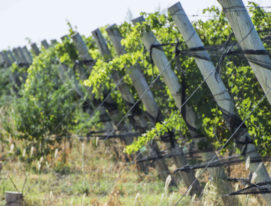Hi, wine lovers! How are you? Right now, I’m anxiously waiting for the party season to come around, a time everyone is so happy and full of hopes and dreams. Yes, I know it’ll be a while yet until we’re making resolutions but Halloween decorations go up one day and before you know it’s Thanksgiving, then Christmas, and then sure enough you’re ringing in the New Year!
Personally, I’m enjoying sitting at home, watching series, with a glass of wine in hand of course. The cold weather and these dates with myself mean that I’m visiting the wine store pretty regularly and my lessons with my wine guru are progressing apace. I’ve also found another great wine spot, Gary’s Wine & Marketplace, a store with an excellent wine selection.
The world of wine is so exciting once you get into it: the more you learn the more you want to know!
After researching the harvest in different parts of the world, I had a revelation. I’m a big fan of Argentine wine. You’ll have seen how I like to think hard about my wine choices, ask questions and try different varieties but lately almost every bottle I choose comes from there. As a scientific girl, I don’t believe in coincidences, so I decided to ask Alex what it is about Argentina that attracts me so.
Why would I like a certain kind of wine, or rather a wine from a certain country? If the ingredients are basically the same, why is it that a Cabernet Sauvignon from Mendoza is so different to one from the Napa Valley?
And so began the next stage of my wine apprenticeship: an introduction to the concept of terroir. What are argentine terroirs like?
Argentine terroir: what’s it all about?
It’s a sophisticated sounding and very meaningful French word: a terroir consists of the climate and soils of a certain place and also how that land is managed and interpreted by the people who make the wine.
The concept involves a set of different physical factors; the landscape, geology, and biodiversity, and viticultural practices; the decisions taken by the winegrower in the vineyard, and at the winery in accordance with their style, history and culture, which then determine a whole range of different qualities that we encounter in the wine (like its texture). These are the aspects that make each bottle of wine we drink unique.
The variety might be the same but the terroir where it was made is what gives it its identity. Wines are an expression of the land they came from. So how about Argentine terroirs, what are they like?
Let’s start with the climate, which is an enormously important factor in determining the characteristics of a wine and its aromatic profile. For example, wines from warm climates are often more intense because the sun spurs the grapes to produce more sugar.
Wines from cool climates, in contrast, are lighter with more acidity. If you also take into account how the weather varies each year (some years are rainier, windier, hotter or colder than others) you’ll see why each vintage is always unique.

Argentine terroir: the altitude’s the key
To answer my initial question: wines vary depending on where they come from. So what geographic characteristics set Argentine wine apart?
The answer lies in the Andes mountain range and the effect of altitude, which is measured as height above sea level. For instance, the vineyards of both California and Mendoza (the largest wine producing province in Argentina) are mostly located in arid, sunny, desert regions.
However, the harsh climate of California is tempered by currents of air from the Pacific Ocean while in Mendoza it’s affected by the height of the mountains. The same grape variety will thus produce a very different wine in Argentina than in the USA because the imprints of each landscape are unique.
So, the essential factor is altitude. In Argentine wine producing regions vineyards begin at 3000 feet above sea level and reach 6500 and even as high as 10,000 feet.
Alex says that this makes them the highest vineyards in the world and this has an effect on how the grapes ripen, producing profound, intense wines with plenty of power and flavor.
They also stand out for their freshness, which is derived from the natural acidity of the grape, a result of the sharp difference in temperature one finds on the mountain between day and night.
In the case of Mendoza, it’s a sunny region in which the days during harvest time – at the end of summer when the grapes are ripe – are warm but the nights are cool. This means that the grapes ripen gradually resulting in flavorful, voluptuous wines.

The mountains and my recommendations
The happy result are these unique wines, renowned and beloved throughout the world, especially reds and very especially Malbec, which has found the ideal conditions in which to ripen.
So, which, in my amateur opinion, are some of the best terroirs out there?
To get a better idea of the places I’m talking about, why not google photos and videos of vineyards in the Andean foothills accompanied by a glass of Malbec from the Uco Valley, another from the Calchaquí Valleys and, just for good measure, another from Patagonia? The exercise helped me to understand a lot more about Argentine terroir.
I enjoy the exercise because it helps me to visualize (in every sense of the term!) my next trip. When it comes to new year’s resolutions, I’m making a big one.
So, tell me: have you tried a high-altitude wine? Do you have any recommendations? I look forward to hearing from you!




